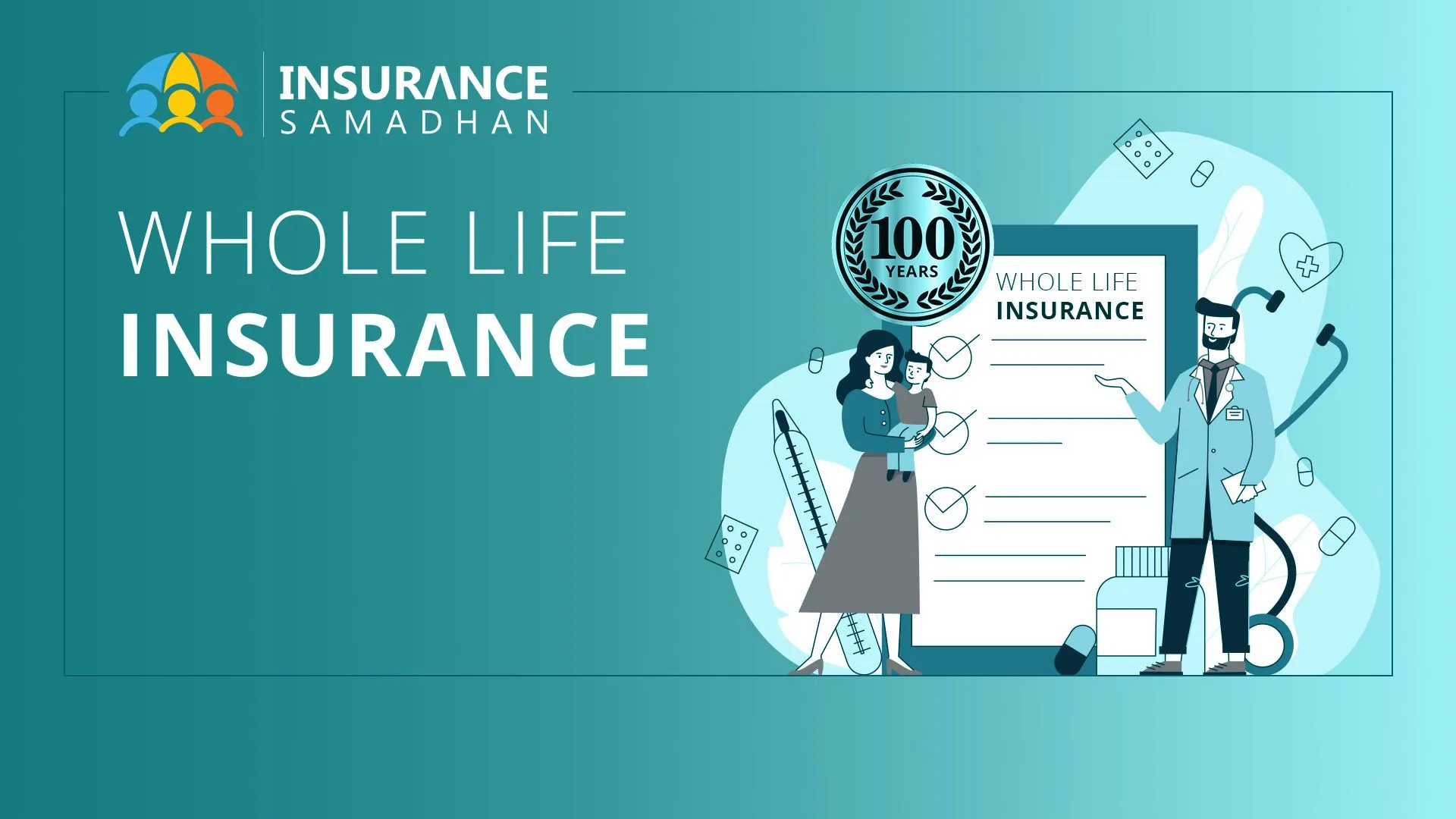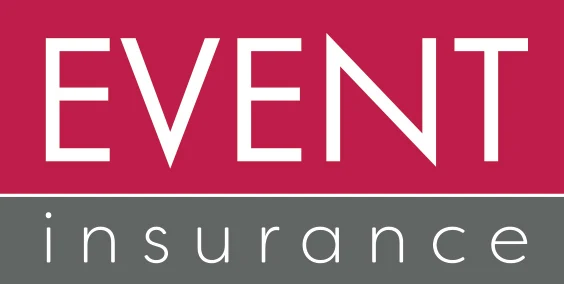Insurance
Everything You Need to Know About Whole Life Insurance
Whole life insurance is a permanent life insurance plan that offers lifelong coverage as long as the policyholder continues to pay their premiums. Unlike term life insurance which only provides coverage for a specified period of time, whole life insurance lasts for the entire lifespan of the insured.
In this comprehensive guide, we’ll cover the basics of whole life insurance including how it works, the components that make it up, different types available, costs, advantages and disadvantages compared to other plans. By the end, you’ll have a thorough understanding of what whole life insurance is and how it can benefit you.
What is Whole Life Insurance?
At its core, whole life insurance is a permanent life insurance plan that provides a guaranteed death benefit to beneficiaries for the entire life of the insured as long as premiums continue to be paid.
Some key things to know about whole life insurance:
- It provides lifelong coverage until age 120 (some plans may vary). As long as premiums are paid, the policy remains active.
- Coverage is guaranteed regardless of changes in the insured’s health or age.
- Premiums are usually fixed and remain level for the life of the policy.
- It combines a death benefit with a savings/investment component known as cash value.
- Cash value grows tax-deferred and can be accessed by the policyholder for loans or withdrawals.
- Death benefit and cash value are reduced by any outstanding policy loans or withdrawals.
So in summary, whole life insurance is a permanent life insurance plan that protects your loved ones financially for life while also offering an investment opportunity through its cash value component.
How Whole Life Insurance Works
Now let’s take a deeper look at how whole life insurance specifically works:
- You select a face amount for the death benefit – Common amounts range from $100,000 to $500,000 or more.
- You pay a fixed premium monthly/annually for life. Premium amounts vary based on your age, health, face amount, etc.
- A portion of each premium goes towards the death benefit and another portion funds the cash value.
- Cash value grows tax-deferred through interest earnings at a guaranteed minimum rate set by the insurer.
- You have access to the cash value through withdrawals or policy loans. Loans accrue interest but don’t incur income tax.
- If you pass away, beneficiaries receive the full face amount tax-free.
- If you surrender the policy, any cash value in excess of premiums paid is subject to income tax.
So in summary, whole life insurance guarantees both a death benefit and living benefit through its cash value component for as long as premiums are paid. Now let’s examine these pieces in more detail.
Whole Life Insurance Components
The two main components that make up whole life insurance are the death benefit and the cash value. Understanding each piece is critical to know what the policy provides.
Death Benefit
- This is the guaranteed amount the beneficiary receives upon the insured’s death, minimum $25,000-50,000 typically.
- It remains level for life as long as premiums are paid. Some policies allow dividend additions to increase it.
- Paid income tax-free to beneficiaries. Never decreases in value due to market conditions.
Cash Value
- Part of each premium funds an internal savings/investment component called cash value.
- It earns interest at a guaranteed minimum rate set by the insurer, usually 3-6%.
- Provides the owner a “living benefit” as it can be accessed through withdrawals or policy loans.
- Builds up more rapidly earlier in life when premium dollar costs are lower.
- Grows on a tax-deferred basis until taken out, at which point gains are taxed.
So in essence, whole life combines permanent death benefit protection with an internal savings vehicle through its tax-advantaged cash value component.
Whole Life Cash Value
The cash value portion of a whole life insurance policy works similar to a fixed index annuity or certificate of deposit in that it provides guaranteed growth of the policyholder’s investment.
A few key things to understand about whole life cash value:
- It is distinct from and in addition to the death benefit amount.
- A portion of each premium payment funds the initial cash value.
- It earns interest at a guaranteed minimum rate, typically 3-6% annually.
- Growth is tax-deferred, avoiding taxes on interest/gains until withdrawal or surrender.
- It can be accessed through policy loans or partial withdrawals as a “living benefit”.
- Loans and withdrawals reduce the cash value but not the death benefit.
- Cash value growth slows as the insured ages due to higher mortality costs.
- Upon death, any remaining cash value is paid out with the death benefit to beneficiaries.
So in summary, the cash value portion of a whole life policy functions as both an investment for the policy owner and a supplementary benefit paid to beneficiaries. It provides stable, guaranteed growth on a tax-deferred basis.
Whole Life Policy Example
Let’s look at a hypothetical whole life insurance policy example to illustrate how it builds value over time:
- John is 35 and buys a $250,000 policy with a $50,000 cash value.
- His annual premium is $2,500 paid for life.
- The policy earns a 5% annual interest rate on the cash value.
- At age 65, the death benefit is still $250,000.
- The cash value has grown to $150,000 due to 30 years of interest compounding.
- If John passes, his family receives $250,000 income tax-free.
- If he’s still alive at 65, he can withdraw up to $150,000 from the cash value tax-free.
As you can see, the combination of lifelong coverage and tax-deferred growth provides substantial value over the long term when holding a whole life policy to age 120 or longer if health permits.
Uses of Whole Life Insurance
Beyond simply providing a death benefit, whole life insurance offers flexible uses both during the policyholder’s lifetime and upon their death:
- Estate Planning – Funds are passed to beneficiaries income/estate tax-free.
- Business Succession – Funds can help finance a buy-sell agreement.
- Supplemental Retirement Income – Cash value can be tapped in retirement.
- Education Funding – Cash value withdrawals can help pay education costs.
- Emergency Savings – Policy loans offer access to cash reserves if needed.
- Final Expenses – Proceeds cover costs like funeral, medical bills upon death.
- Asset Protection – Death benefit passes outside of probate, bypassing creditors.
So whether passing wealth to heirs, ensuring a business carries on, or supplementing one’s finances, whole life offers a versatile financial tool.
Types of Whole Life Insurance
There are a few different types of whole life insurance policies that vary based on premium structures:
- Level (Traditional) Whole Life – Premiums remain fixed for life. Most popular type.
- Limited Payment Whole Life – Premiums are paid out over a set period, say 20 years.
- Single Premium Whole Life – A lump sum pays the entire premium upfront.
-Modified Whole Life – Lower premiums initially that gradually increase over time.
Within these categories, policies are also either participating or non-participating:
- Participating provides dividends that can buy adders, lower costs over time.
- Non-Participating plans don’t offer dividends but have simpler guarantees.
So whether paying level premiums for life or a defined period, whole life ensures lifelong coverage through permanent protection.
Whole vs Term Life Insurance
When comparing life insurance options, it’s important to understand how whole life differs from term life:
Whole Life:
- Premiums remain level for life
- Provides both death benefit and investment through cash value
- Coverage lasts until age 120 if premiums are maintained
Term Life:
- Premiums are lower but increase every 5-10 years at renewal
- Only provides death benefit protection for the term period
- No investment/cash value component
- Coverage expires after the term ends, usually 10-30 years
So in summary – term life is more affordable but expires, while whole life premiums are higher but covers you for life with an investment return. It depends on needs and budget which makes more sense for an individual’s situation.
Advantages of Whole Life Insurance
Compared to term life insurance, whole life offers a number of benefits including:
- Lifelong protection as long as premiums are paid
- Cash value grows tax-deferred and can supplement retirement
- Death benefit is guaranteed and not dependent on health
- Loans can provide access to cash reserves without income tax burden
- Premiums are typically fixed for life, providing stable costs
- Builds equity the policyholder can pass to heirs income-tax free
- Can be an effective long-term estate planning tool
On the other hand, higher premium costs compared to term life are a potential downside for some. But over the very long term, whole policies provide greater value.







